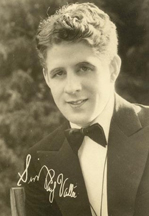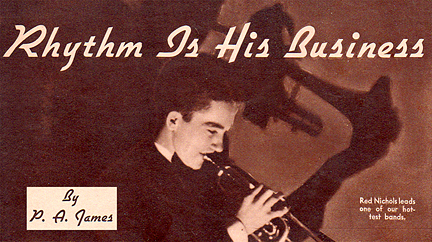In Chapter Two of Rudy Vallée’s 1930 memoir, Vagabond Dreams Come True, we’re there as Vallée’s band of musicians begin the engagement that would bring them fame and acclaim, at NYC’s Heigh-Ho Club.
THE YANKEES MEET
 To me the piano is the and soul of the orchestra, without which you have nothing. And as I had for a long time had the idea in my head which I was now about to put into practice, I knew I would need a pianist who knew his keys thoroughly, and had a good memory for old pieces; one who could learn new pieces quickly, could play a tune in any key and, above all, could take piano choruses alone with only the drum accompanying him and play them in a way that would sound like four hands at the piano.
To me the piano is the and soul of the orchestra, without which you have nothing. And as I had for a long time had the idea in my head which I was now about to put into practice, I knew I would need a pianist who knew his keys thoroughly, and had a good memory for old pieces; one who could learn new pieces quickly, could play a tune in any key and, above all, could take piano choruses alone with only the drum accompanying him and play them in a way that would sound like four hands at the piano.



